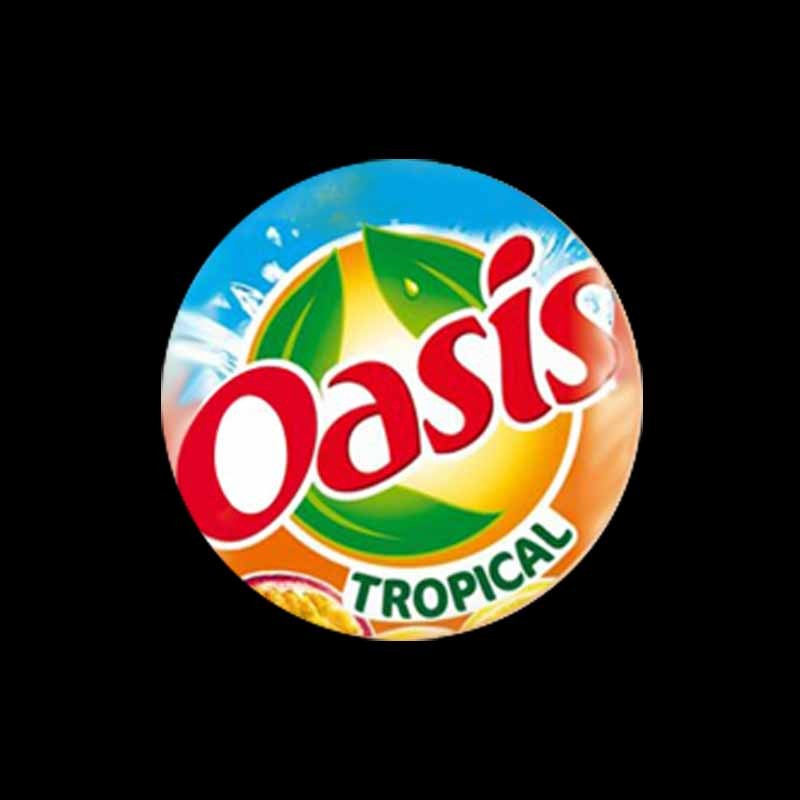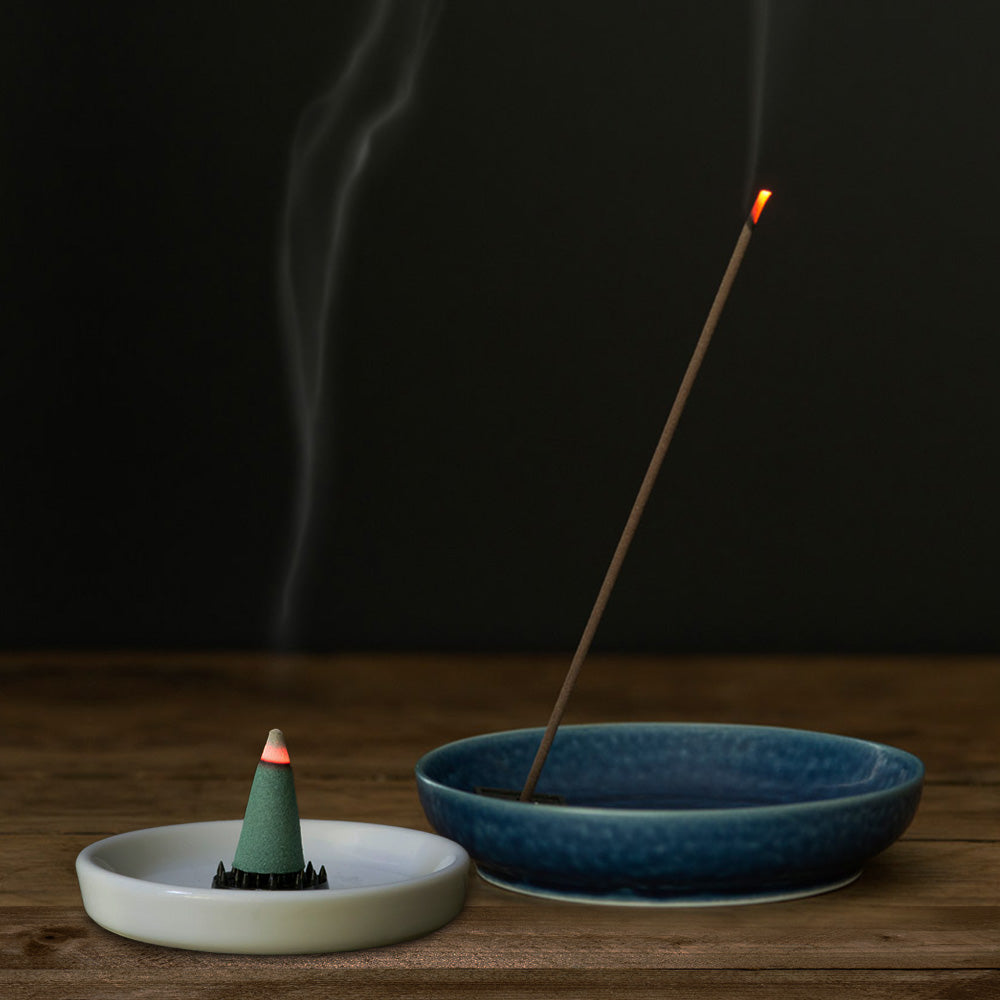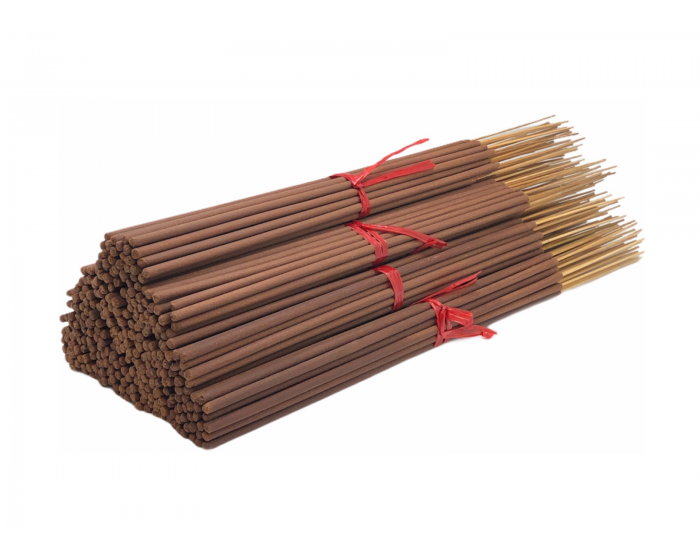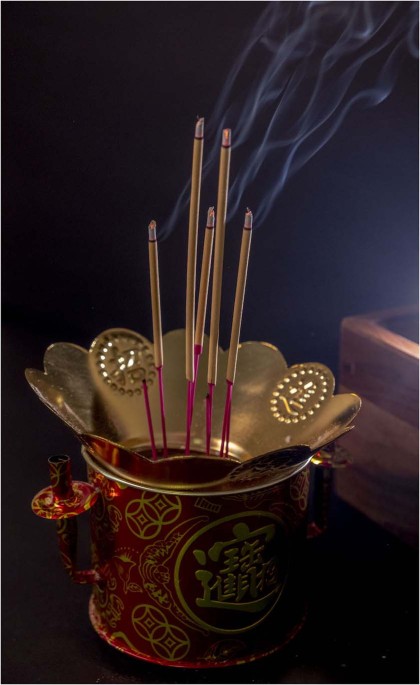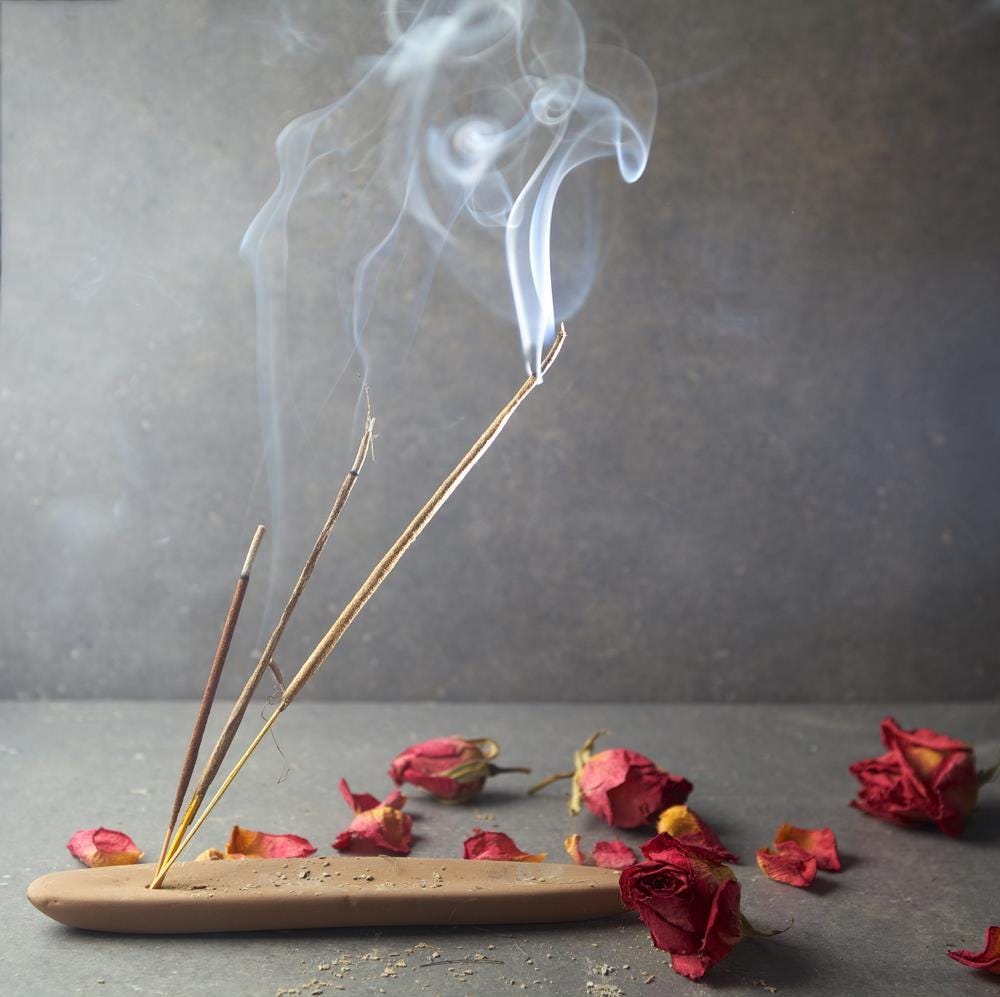What's in Chinese Incense? Eight Principal Ingredients Through History - Kin Objects
5 (719) · € 22.50 · En Stock
China has a long and rich incense culture, and is a major incense producer in the world today. As I have written in other posts, the earliest documented use of incense was in ancient China, and the first known Chinese aromatics book written was approximately 2,500 years ago in the Han Dynasty. Since then, a vast repository of literature has been written about the subject, and countless recipes have been developed and refined. “Incense”, or more precisely the Chinese word xiang (香) also had far broader use than the what we associate with the word incense today. All of the ingredients below had medicinal applications, both in incense form and also taken orally; and many were used as cooking spices, not to mention as perfume for their scent. There are over 400 types of incense ingredients used in Chinese incense,
China has a long and rich incense culture, and is a major incense producer in the world today. As I have written in other posts, the earliest documented use of incense was in ancient China, and the first known Chinese aromatics book written was approximately 2,500 years ago in the Han Dynasty. Since then, a vast repository of literature has been written about the subject, and countless recipes have been developed and refined. “Incense”, or more precisely the Chinese word xiang (香) also had far broader use than the what we associate with the word
The Invisible Hand of the Temple (Manager) in: Review of Religion and Chinese Society Volume 8 Issue 1 (2021)

south China Stephen Jones: a blog
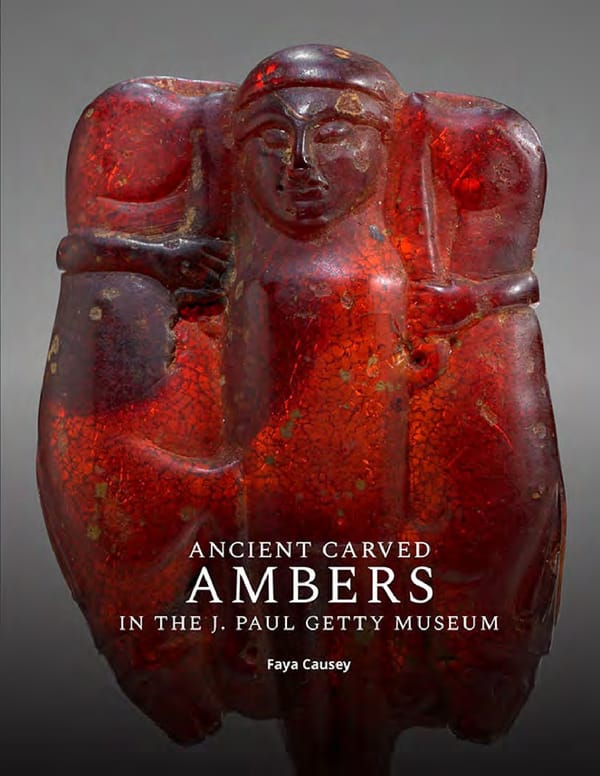
Ancient Carved Ambers in the J. Paul Getty Museum
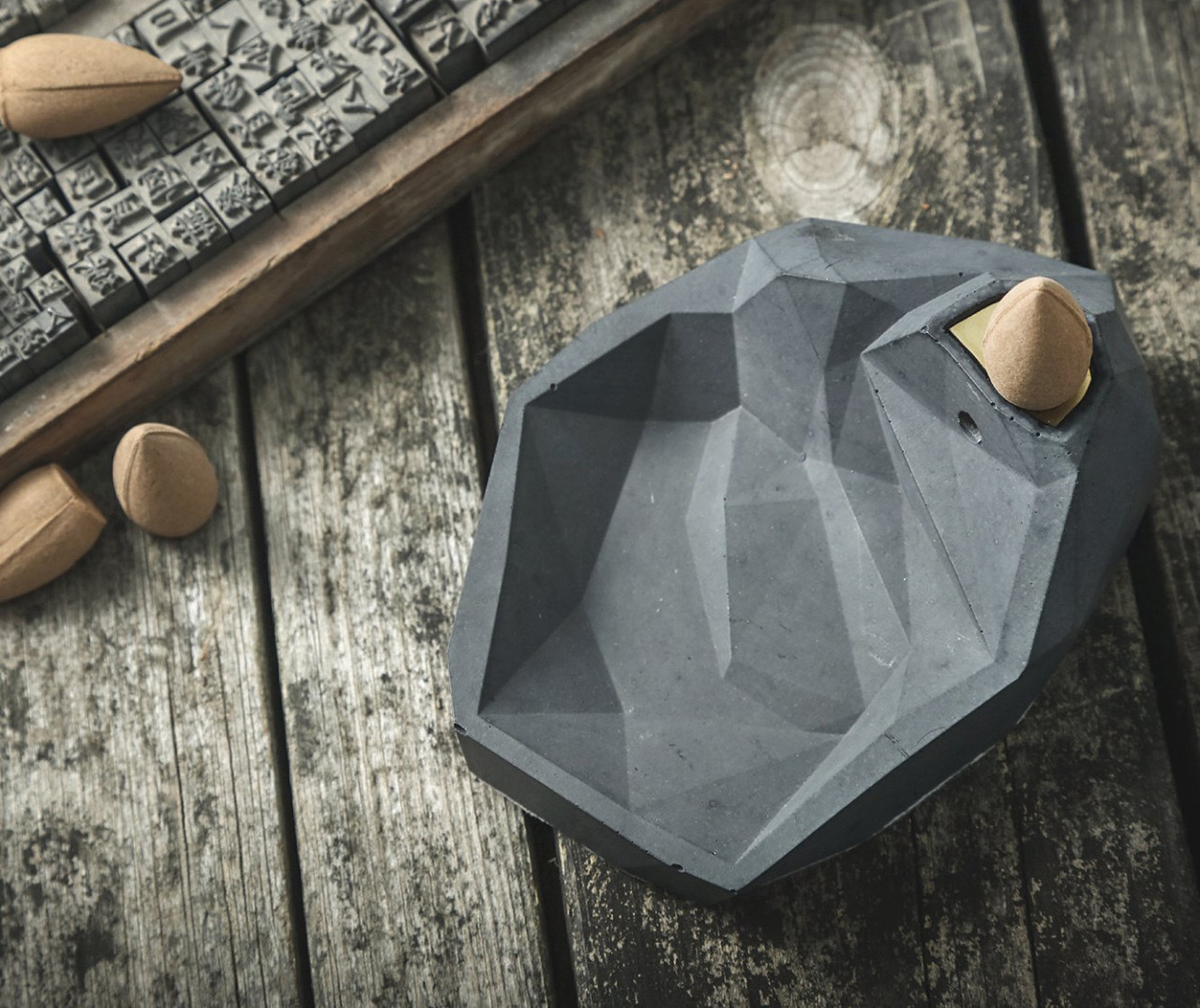
Kin Objects Brutally Beautiful Incense Holders

Teochew Png Kueh (Sticky Rice Dumplings 紅桃粿) - Wok and Kin
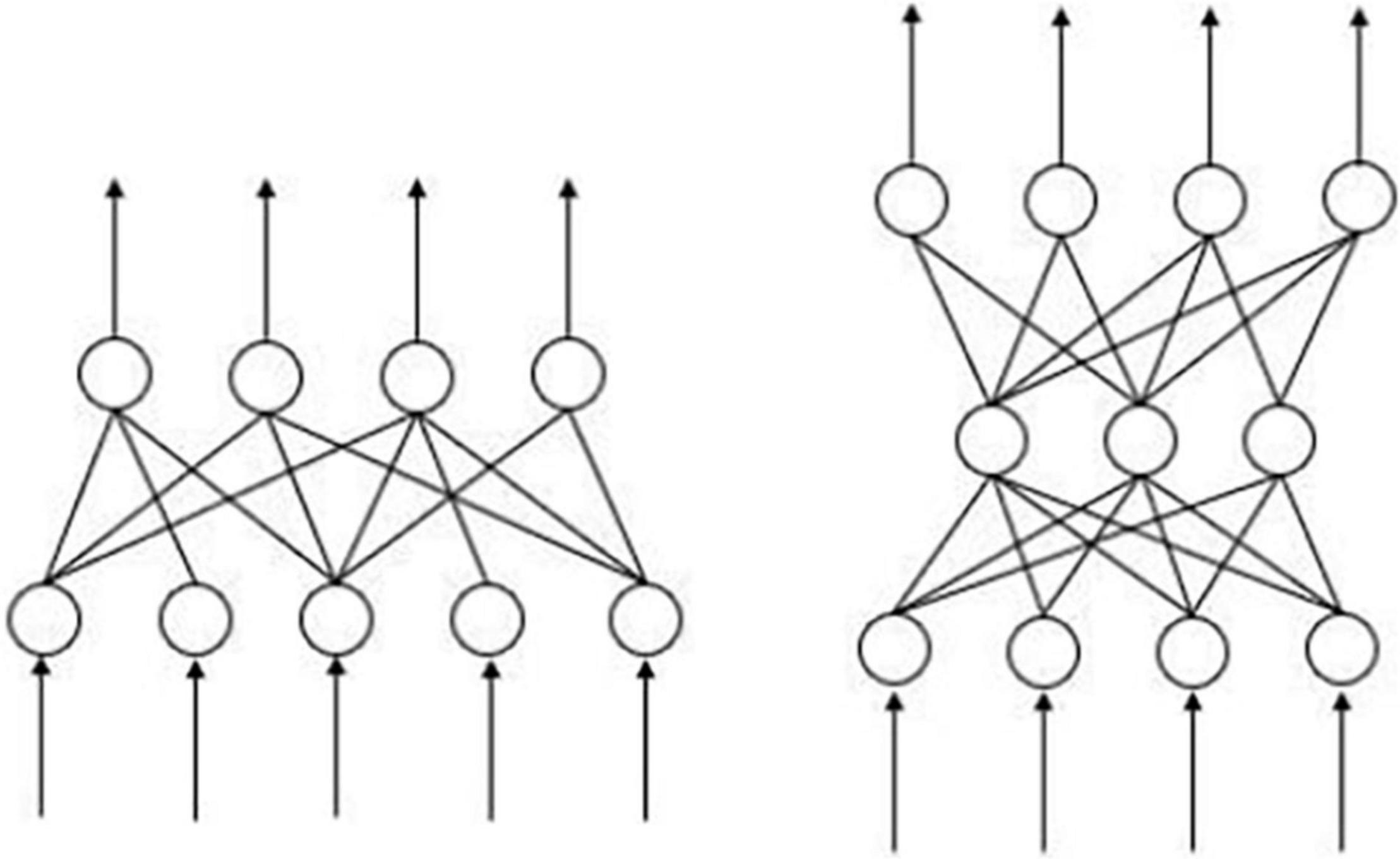
Frontiers Fertility Intentions for a Second Child and Their Influencing Factors in Contemporary China
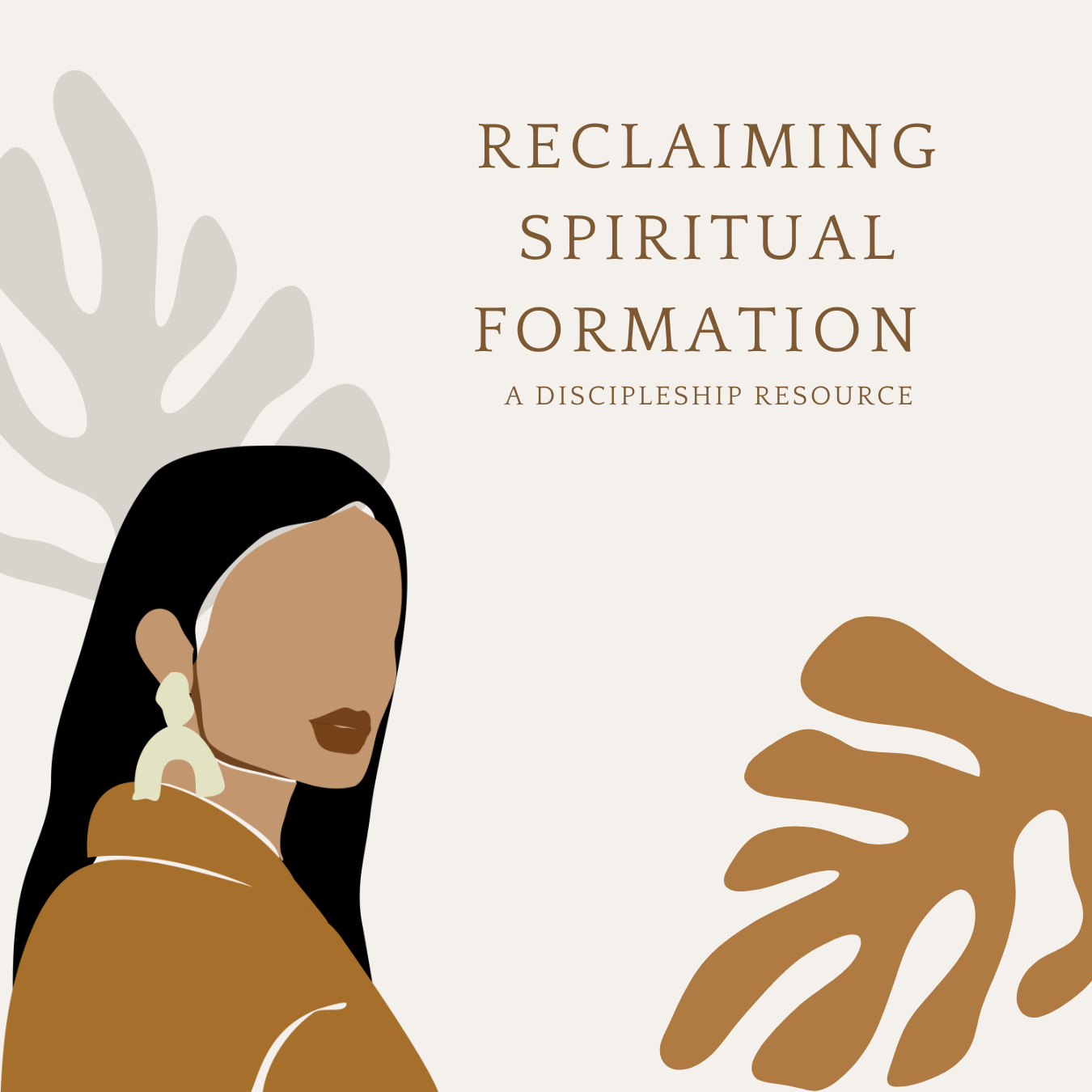
Mestizo — Articles on Theology and Culture for the Mestizo Church — World Outspoken

PDF) Chinese Buddhist Vegetarian Halls (zhaitang) in Southeast Asia: Their Origins and Historical Implications
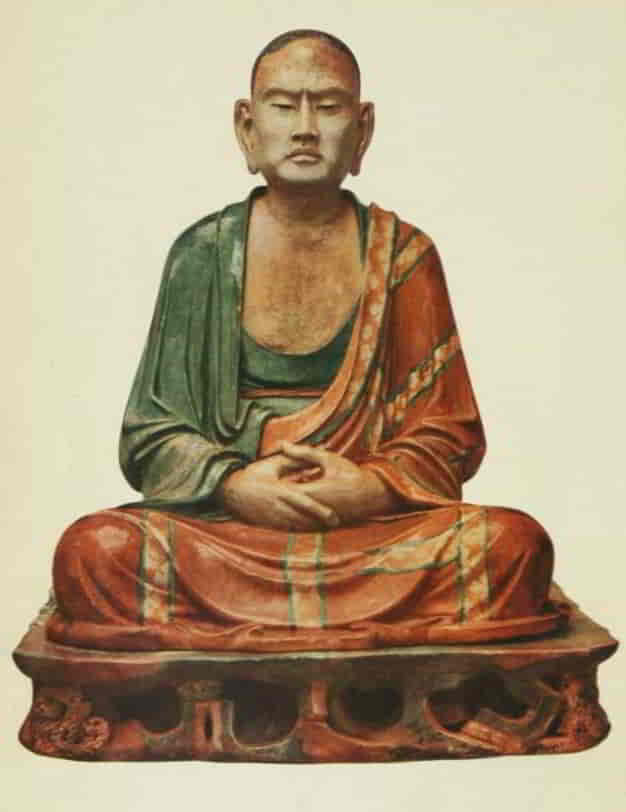
Chinese Pottery and Porcelain, Vol 1, by Robert L. Hobson
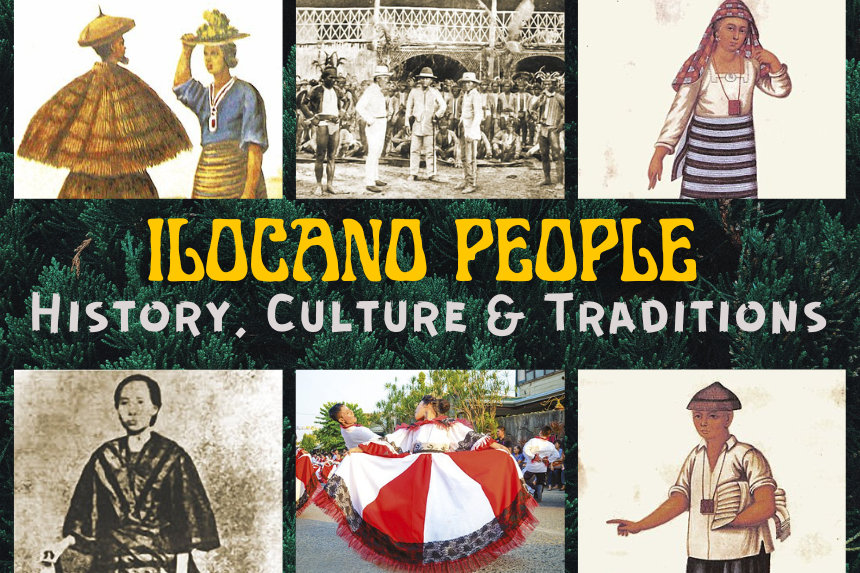
The Ilocano People of the Philippines: History, Culture, Customs and Tradition [Ilocos Region]

Kin Objects Brutally Beautiful Incense Holders
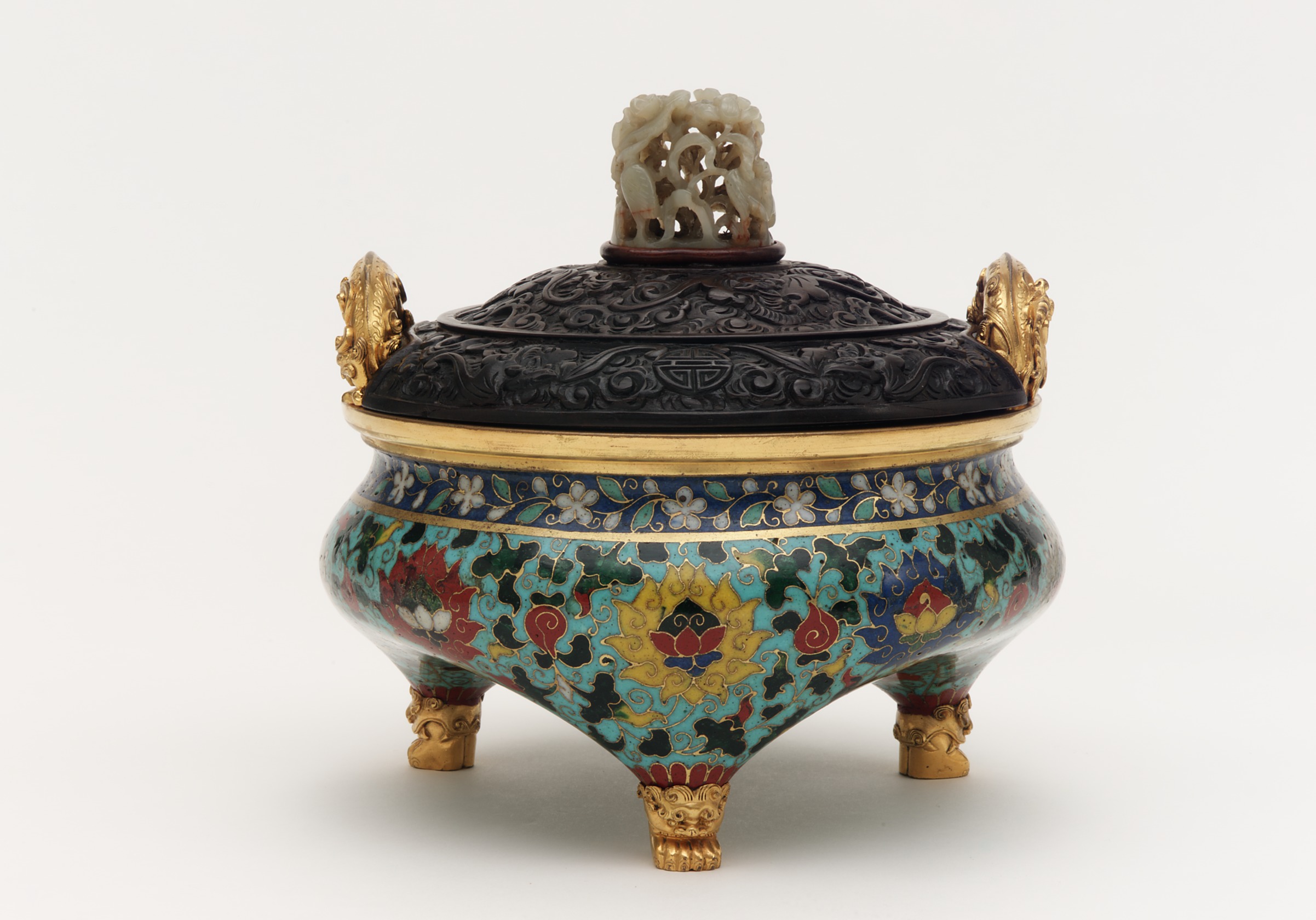
Symbolism in Cloisonné - Smithsonian's National Museum of Asian Art
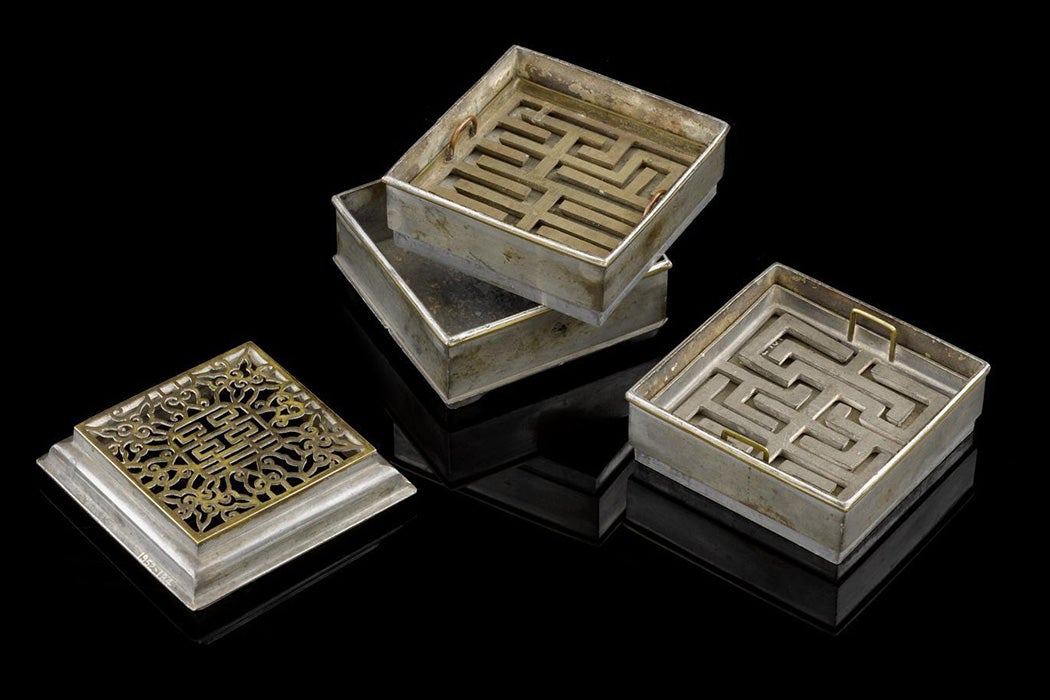
Keeping Time with Incense Clocks - JSTOR Daily




